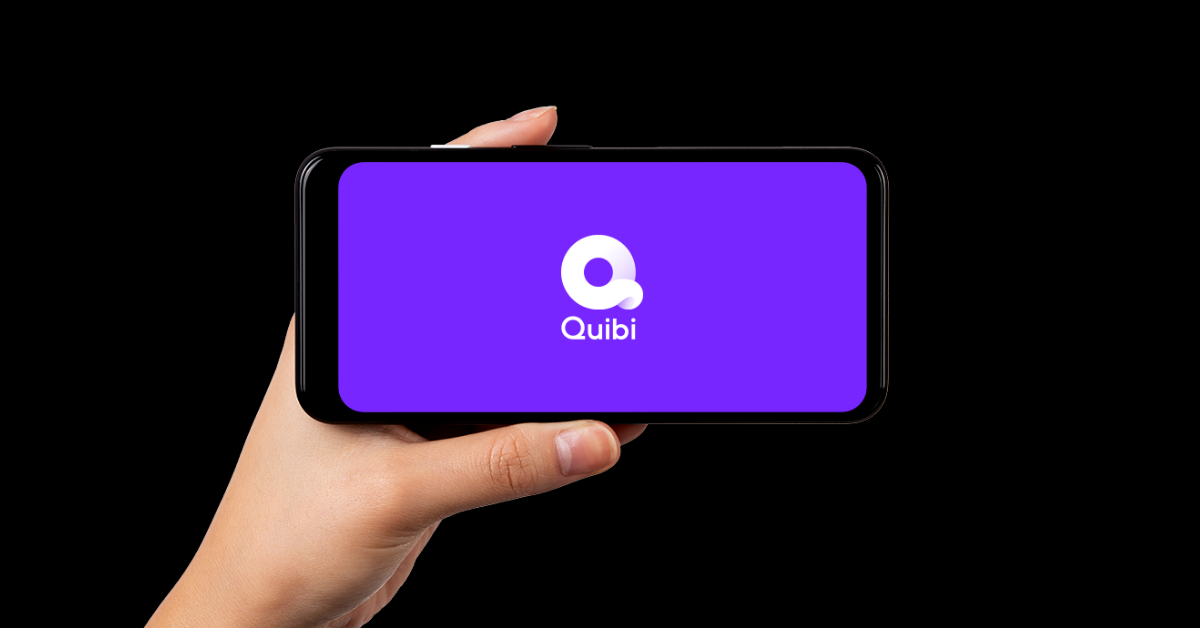The following memo was shared amongst our investment research team.
Quibi’s shutdown offers a few valuable lessons for investors.
- A great founding team does not eliminate the need for a unique insight about the problem and market. We previously talked about how Quibi’s founding notion — that there are “in between moments” where consumers would want short TV-like experiences — was flawed. Those moments were already more than filled with content from social networks. Perhaps Quibi’s management team had a response to that reality, or perhaps no one wanted to challenge an A+ management team of Jeffrey Katzenberg and Meg Whitman, who are still an A+ team despite this failure. Bad markets and bad ideas don’t work, even with more than capable management and especially when management can’t adapt to market feedback.
- Most startup ideas change. This also includes ideas that are funded with hundreds of millions of dollars upfront. Quibi raised $1.75 billion before launch to develop content and technology. To challenge Netflix and YouTube requires tremendous resources when attacking them with professional-grade content, so it’s understandable why the company raised the money it did. Instead of developing some rough product or prototype and testing it with customers, the company’s resources encouraged the team to deliver on a finished vision of a product. One might argue that you can only try to compete against Netflix and YouTube with a finished version of a product rather than a minimum viable version. If the unchallenged vision for Quibi happened to be correct, the return would have been extraordinary. But so often in the world of startups, founder visions to get punched in the face by the market before a great product comes out. Nearly $2 billion in financing gave Quibi the opportunity to try the initial idea, but it didn’t give the company the flexibility to adapt to market response. The well was dry after so many resources went into the initial idea.
- Large funding rounds decrease the margin for error, not increase it. Every subsequent fundraise, even for companies who raise in a more traditional trajectory, comes with incremental expectations from investors at the next level. For Quibi, the trajectory was to go public. The public markets would have been the most appropriate venue to raise several billion more dollars to fund continued investment into content. To go public, the company would have needed to gain millions of subscribers with fast growth and low churn. The magnitude of Quibi’s financing locked the company into a vision and milestones with minimal flexibility. The unfortunate result was failure.
- Money is never a guarantee of product-market fit. Companies that raise mega-rounds often gain an aura of being unstoppable, but money doesn’t equate to success. Happy customers that can’t live without your product and tell all their friends about it equates to success. This is true of all companies, whether seed stage or mega-cap public tech.
The non-consensus opportunity. Innovation in the entertainment space may slow after Quibi’s failure, as investors often pull back from areas where significant money was lost. But this creates a non-consensus opportunity. Just as Pets.com and GM’s EV1 weren’t representative of ultimate eCommerce and electric vehicle demand in the early 2000s, I don’t think Quibi’s failure is a true representation of consumer demand for new forms of entertainment today in the 2020s. The insight may have been flawed, but the battle for consumer attention never ends.
